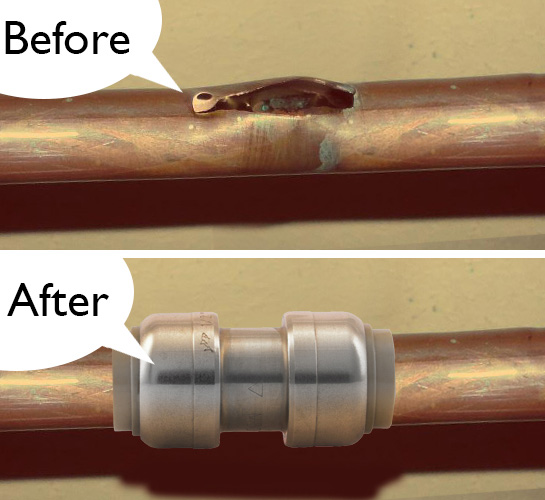
Efficient Toilet Care: Essential Maintenance Tips for Homeowners
Toilets are essential fixtures in our homes, and proper maintenance is crucial for their functionality and longevity. By following some straightforward toilet maintenance tips, homeowners can ensure that their toilets not only work efficiently but also remain in good condition over time.
Regular Cleaning: The Foundation of Toilet Maintenance
Regular cleaning is the foundation of effective toilet maintenance. Use a mild toilet bowl cleaner to eliminate stains and prevent the buildup of mineral deposits. Pay attention to the bowl, rim, and under the seat. Regular cleaning not only keeps the toilet looking pristine but also prevents the development of odors and the growth of bacteria.
Avoid Harsh Chemicals: Preserve the Toilet’s Components
While cleaning is essential, it’s crucial to avoid using harsh chemicals that can damage the toilet’s components. Acidic or abrasive cleaners can deteriorate the porcelain, corrode the flush valve, or harm the flapper. Opt for non-corrosive, eco-friendly cleaning products to preserve the toilet’s integrity and ensure long-term functionality.
Check for Leaks: Early Detection Saves Water and Money
Checking for leaks is a fundamental aspect of toilet maintenance. Even small leaks can waste a significant amount of water and lead to higher utility bills. To detect leaks, add a few drops of food coloring to the tank and observe if the color appears in the bowl without flushing. If it does, there’s a leak that needs prompt attention.
Inspect the Flush Mechanism: Ensure Smooth Operation
The flush mechanism is a critical part of toilet functionality. Periodically inspect the handle, flush valve, and flapper to ensure they are working correctly. A faulty flush mechanism can lead to incomplete flushes, water wastage, and potential leaks. Replace any worn-out or malfunctioning parts promptly to maintain efficient flushing.
Adjust Water Levels: Optimize Flushing Efficiency
Water levels in the toilet tank play a role in flushing efficiency. Adjust the water level to the recommended mark inside the tank. This ensures that the toilet flushes with the right amount of water, maximizing efficiency while preventing unnecessary water usage. An optimally adjusted water level contributes to both performance and water conservation.
Prevent Clogs: Watch What Goes Down
Preventing clogs is a proactive approach to toilet maintenance. Remind household members to avoid flushing items that can cause blockages, such as excessive toilet paper, sanitary products, or foreign objects. Placing a trash bin in the bathroom encourages proper disposal and reduces the risk of clogs.
Regular Inspections: Stay Ahead of Potential Issues
Regular inspections are key to staying ahead of potential issues. Periodically check the toilet for any signs of wear, rust, or corrosion. Inspect the tank and bowl for cracks, and ensure that all connections are secure. Identifying and addressing minor issues early can prevent more significant problems down the line.
Address Running Toilets: A Common Yet Fixable Issue
A running toilet is a common issue that, if left unaddressed, can waste a significant amount of water. The cause is often a faulty flapper or flush valve. If you hear the toilet running long after flushing, investigate and replace any worn-out parts to stop water wastage and restore the toilet’s efficiency.
Consider Professional Inspections: Expertise Matters
While homeowners can handle many aspects of toilet maintenance, professional inspections are advisable, especially for older toilets or those showing signs of persistent issues. A plumber can conduct a thorough inspection, identify potential problems, and provide expert solutions to ensure the toilet’s optimal performance.
Educate Household Members: Promote Responsible Use
Educating household members about responsible toilet use is a proactive step in maintenance. Remind everyone about proper flushing practices, avoiding excessive toilet paper usage, and refraining from flushing non-flushable items. A collective effort in responsible toilet use contributes to the longevity and efficient operation of the toilet.
In conclusion, efficient toilet care involves a combination of regular cleaning, preventive measures, and prompt attention to issues. By following these essential toilet maintenance tips, homeowners can not only ensure the proper functioning of their toilets but also contribute to water conservation and a more sustainable home. For more detailed insights into toilet maintenance, visit home-radiators.com.









